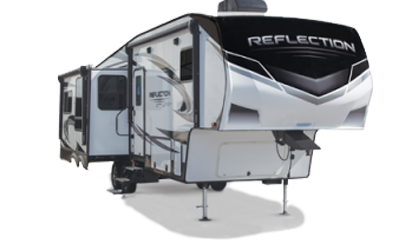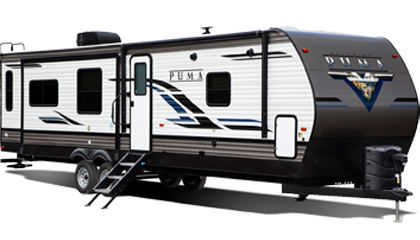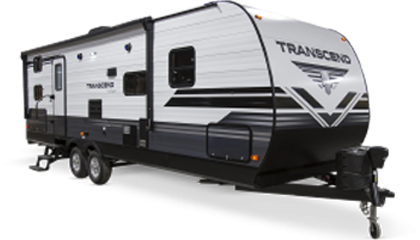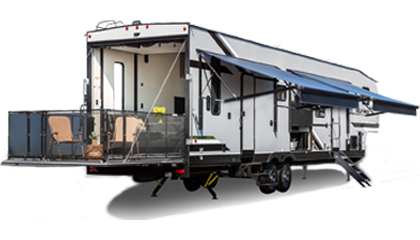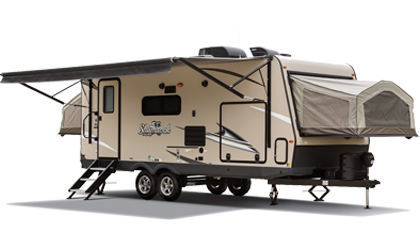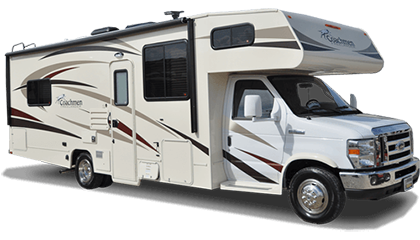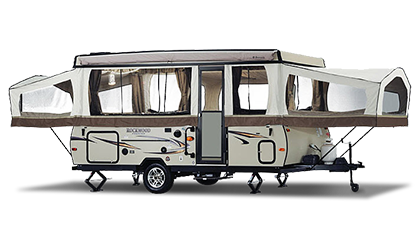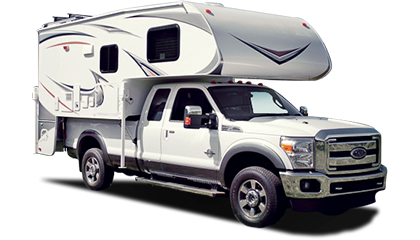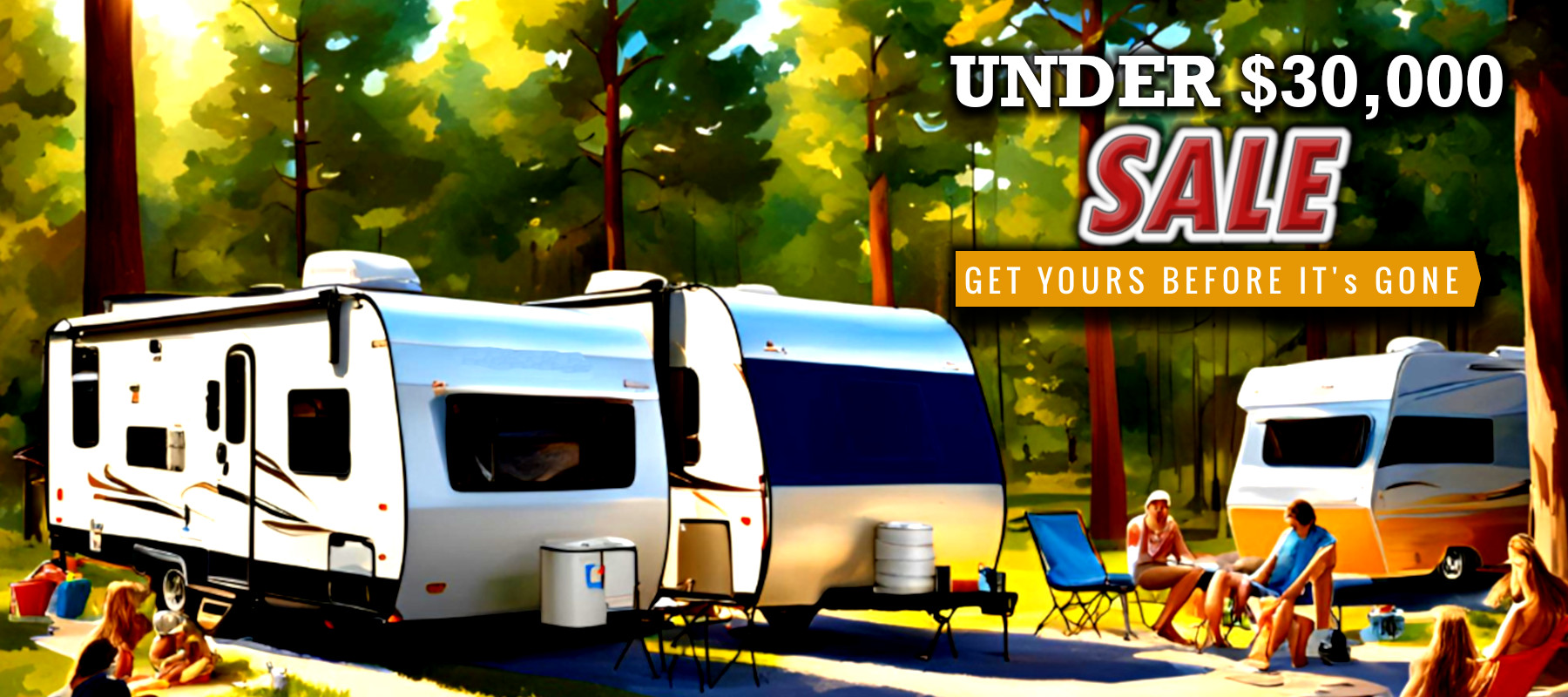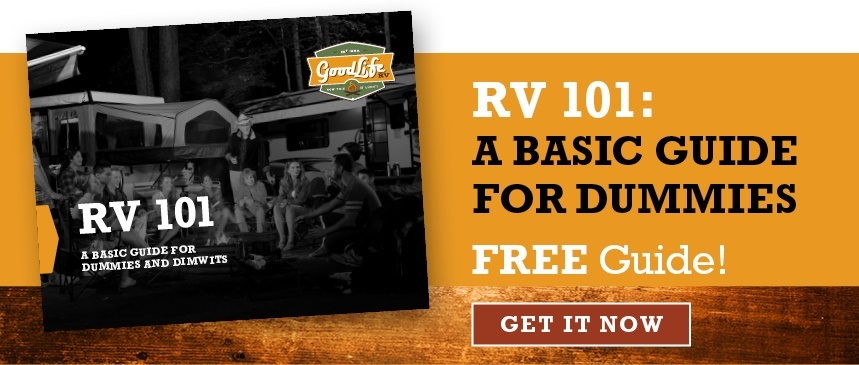RV Water Hookups: Tips and Tricks

You can only live three days without it. All living things need it. And it’s one of the many luxuries that sets RV camping apart from tent camping. That’s right, we’re talking about running water. Here is our guide that provides you everything you need to know about getting the water flowing in your rig.
QUALITY MATTERS
When you’re traveling from campsite to campsite, the quality of water will change depending on your location. To ensure your water quality, we recommend taking a few steps to filter your water so that it is always at the same high quality. You can easily install Brita filters on the kitchen sink, or buy a pourable filter that fits in your RVs fridge. On top of these filters, it’s always a good idea to use a carbon filter on the hose hookup to the city water. This takes out some of the impurities and particles right from the source.
GET IT FLOWING
Many campgrounds have fresh water hookups at each site. To prevent RV pipes from bursting, it’s a good idea to use a pressure regulator to control the water pressure coming out of the ground. Then, simply take your hose and plug it into the city water hookup on your RV. Always use a certified potable water hose. You can easily keep your hoses organized by noting that the certified water hose is white in color. A simple garden hose will not work when you are hooking up to water.
Make sure your bypass valve is turned to the “bypass” side instead of the “fill tank” option, and turn off your water pump. Now, just turn on the city water and you are good to go! We also suggest examining the whole line to make sure that there are no leaks.
If you are camping without a water utility hookup, make sure that you ration out your water. You don’t want to run out while you’re at the campground. Think about rationing your water as if you were tent camping. Of course, you will have a lot more water because RV tanks can hold 50 gallons or more, but it’s important to remember to use the water sparingly, especially if you are on an extended trip.
TAKE THE TEMP
It’s important to protect your water hose when temperatures are very high and very low. When a hose under pressure is exposed to extreme temperatures, it can weaken and split the hose making it fail. If you’re on an extended trip and plan to remain stationary for a long period of time, it’s a good idea to insulate your hose.
THE AFTERMATH
Once you leave the campsite, make sure that you let your tank completely drain out. If you leave a little bit of water in your tank for a long time, you could start to smell a foul odor. To get rid of the stale water, it’s best to rinse out the system with a fresh water system cleaner like Spring Fresh. First, close your drains.Then fill the system with water and Spring Fresh according to the directions and let the mixture sit in the tank for 12 hours, and then rinse the whole system out until it smells good. For extra cleansing take your camper for a drive to jostle the fluid in your system around to enhance cleaning.
There you have all of our best tips to get the water flowing in your rig! Of course, we know that living the Good Life means being well hydrated. So fill up the fresh water tank, and let’s get livin’!

